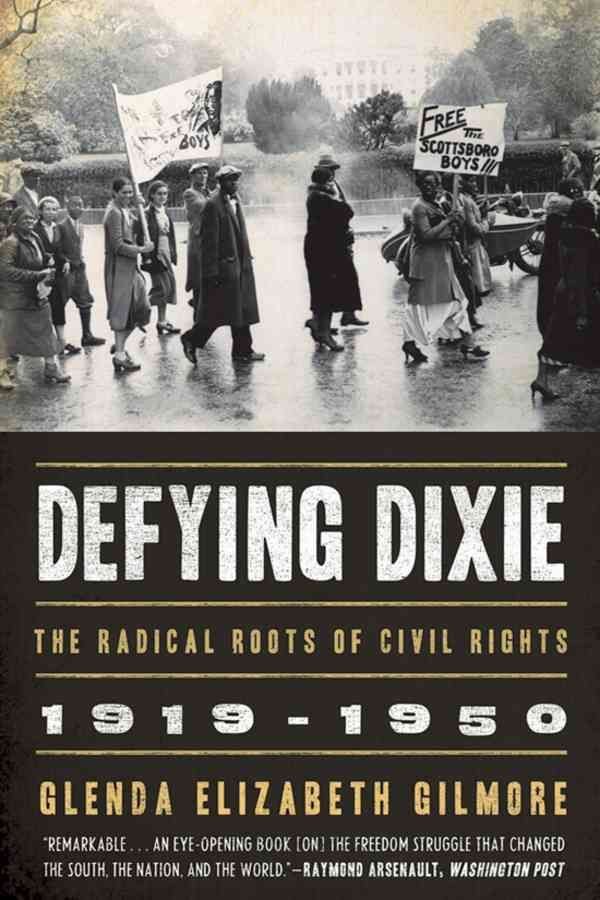The civil rights movement that looms over the 1950s and 1960s was the tip of an iceberg, the legal and political remnant of a broad, raucous, deeply American movement for social justice that flourished from the 1920s through the 1940s. This rich history of that early movement introduces us to a contentious mix of home-grown radicals, labor activists, newspaper editors, black workers, and intellectuals who employed every strategy imaginable to take Dixie down. In a dramatic narrative Glenda Elizabeth Gilmore deftly shows how the movement unfolded against national and global developments, gaining focus and finally arriving at a narrow but effective legal strategy for securing desegregation and political rights.












